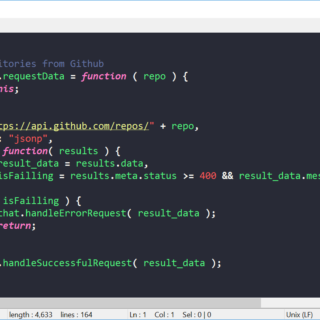How to launch startup when you’re a college student
Since you’re launching your startup in school, focusing on what students need is best. You are in a better position to know what a student would need to make their life more enjoyable. Something as simple as an affordable entertainment solution allows a student to blow off steam after a long day.
















